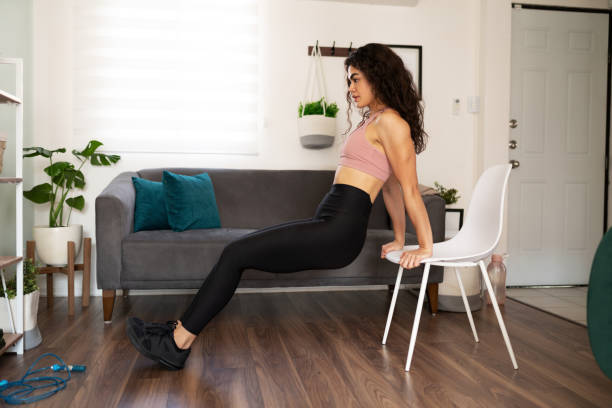It’s 11:30 AM and I’m already exhausted. There’s no spark in my step, and all I want is to sleep for the rest of the day.
But I’ve noticed that no matter how many hours I slept, my energy failed to improve.
Adrenal fatigue, I discovered, is closely tied to the functioning of the adrenal glands—tiny but powerful glands responsible for regulating hormone production in the body.
These glands release a chemical known as cortisol, a stress hormone – which triggers the body’s fight or flight response.
Normally, the cortisol levels in our body go down just as quickly as they go up. But our chronically stressful environment and lifestyle have caused an accumulation of stress that we are always in a state of complete burnout.
As a personal trainer with clients in Crunch Fitness, this lack of energy 24-7 is tough.
I’m always myself to the limits from 6 a.m. until 10 p.m., with 15 rigorous classes per week consisting of barbell workouts, circuits, weight training, step exercises, and boxing. This intense and unsustainable schedule was incompatible with my burnout and extreme fatigue.
Changing my Paradigm
A paradigm shift in my fitness routine was necessary—a realization that unfolded gradually. The fitness industry had always been a passion of mine, beginning from childhood when I would religiously tape “Aerobics Oz Style” on the television and enthusiastically partake in the routines after school.
But at the age of 37, I had come to realize that energy management entailed more than relentless pushing and subsequent collapse into sleep. Rest, recovery, and stress relief activities held equal importance.
Addressing adrenal fatigue proved to be a daunting task, as it was not a visible ailment that garnered instant support and understanding.
Symptoms such as under-eye darkness, acne, flushed skin, and increased irritability could be easily dismissed without a proper diagnosis, leaving one to feel as though they were attributing too much to cortisol overproduction.
My main objective became the reclamation of my energy, or lack thereof. Recovery, I soon discovered, played a pivotal role in fitness and training. Failing to allocate sufficient time for rest and stress relief could result in overtraining, leading to a state of burnout. Minimizing activities became my primary focus.
I had to say goodbye to boxing, running, weightlifting, cycle classes, and circuits.
These high-intensity workouts left me feeling numb, drained my energy for hours on end, and exacerbated the mental fog that plagued me. It was during this hiatus that I unearthed a deeper understanding of the mind-body connection I had long neglected. I realized that I could harness these principles to aid in my recovery, leading me to explore the realms of yoga and Pilates.
Rediscovering the World of Yoga & Pilates
To my surprise, the moment I delved into these mindful practices, a surge of energy coursed through my veins. Both yoga and Pilates fell under the encompassing umbrella of mind-body exercises, allowing me to engage in physical activity without sending my heart rate skyrocketing. They became instrumental in my overall recovery, gradually alleviating my burnout and lethargy. The key differentiator was the pace.
Yoga and Pilates offered a much slower-paced experience. These classes embraced quieter music or none at all, providing a serene atmosphere conducive to restoration. The high-energy gym workouts I was accustomed to featured pumping music and movements that imposed significant physical strain, such as jumping or resistance training, all aimed at elevating heart rate.
Both adopted a mind-body exercise approach, emphasizing breathwork and fostering a connection with each muscle, particularly the smaller ones. Engaging in these disciplines allowed me to cultivate a heightened sense of body awareness, realigning core movements such as squats and push-ups, as well as improving my posture.
Naturally, there were instances when I pushed the boundaries I had set for myself. But when I do resort to my “old habits,” I feel mentally and physically exhausted yet again.
So I knew I needed to avoid the high-impact activities for my own sake.
For more than 5 years now, I have taken several Pilates and yoga sessions weekly, along with regular meditation and nature walks. And, of course, healthier and mindful eating. Things have become simpler but also more effective.
